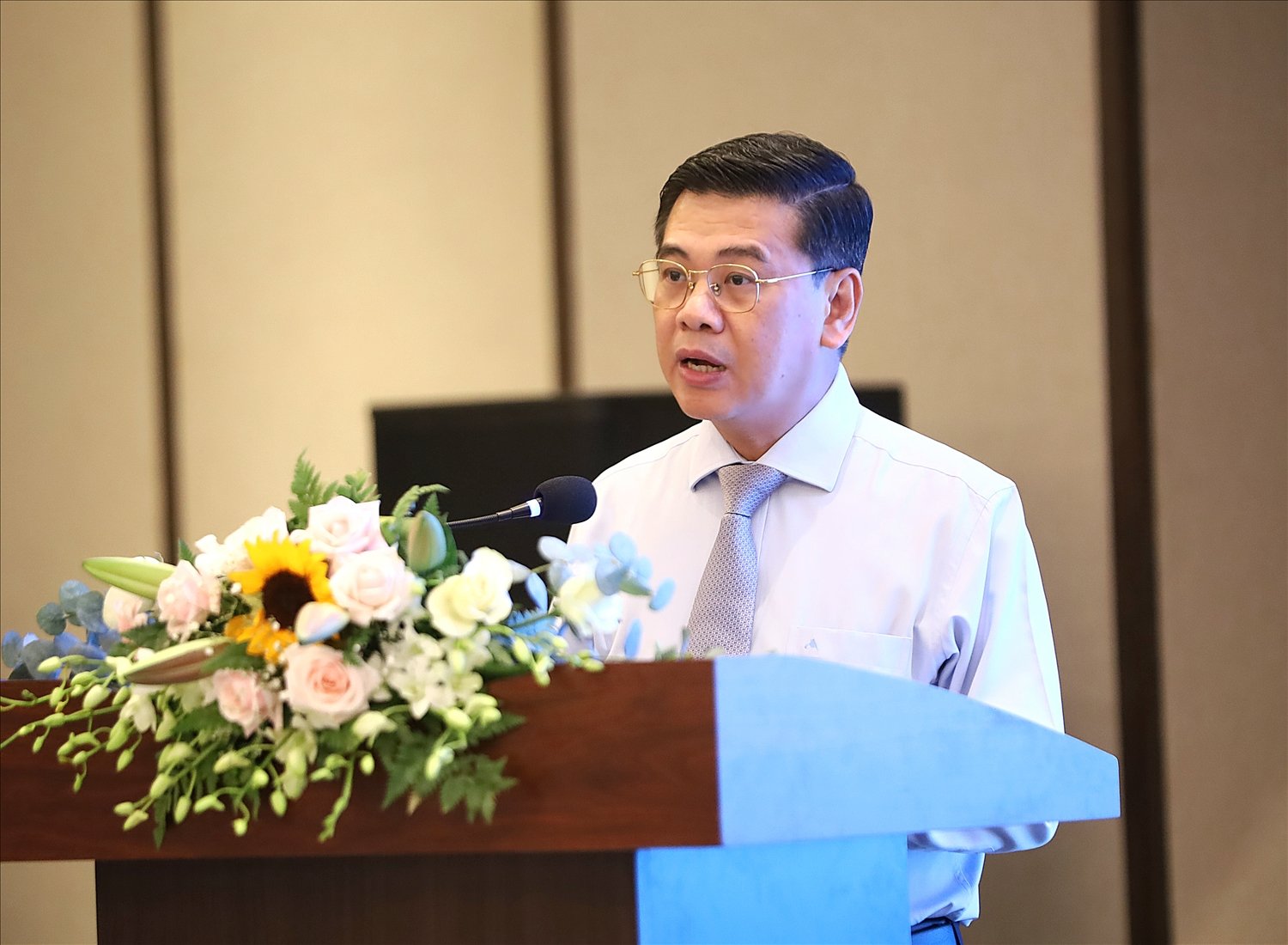
Speaking at the seminar, Mr. Nguyen Van Dung, Vice Chairman of Ho Chi Minh City People's Committee, pointed out the advantages of the Southern river region such as: a dense river system, more than 28,000km long; cultural diversity, especially the Southern river culture associated with daily life and agricultural production.
According to Mr. Nguyen Van Dung, with the Dong Nai River, Saigon River, and Nha Be River systems connecting with the provinces of the Mekong Delta, Ho Chi Minh City has many opportunities to form tourism programs to the Southwest region by waterway. The Vietnam Tourism Development Strategy to 2020, with a vision to 2030, clearly states that the typical products of the Mekong Delta are eco-tourism, river culture, garden tourism, resorts, and islands.
In recent years, in order to attract tourists and increase the attractiveness and competitiveness of destinations in the South, Ho Chi Minh City and the Mekong Delta provinces have linked and cooperated to build many products, contributing to increasing the number of visitors to the region. However, the inter-route products are still mainly road-based experiences, not yet promoting the advantages of the river system of the whole region.
Therefore, in order to promote the strengths of the river and river culture of the region in building products, the People's Committee of Ho Chi Minh City has issued a plan on developing waterway tourism, including the orientation of building medium and long-range products to neighboring provinces and vice versa.
The Ho Chi Minh City Department of Tourism has organized a delegation to survey the river tourism route connecting Ho Chi Minh City with the provinces and cities of the Mekong Delta including Long An, Tien Giang, Vinh Long, Dong Thap, An Giang, Can Tho, Tra Vinh and Ben Tre to assess the current status of bridges, tourist service facilities; tourist routes along the river, in order to build high-quality and diverse river tourism products.
At the same time, Vice Chairman of Ho Chi Minh City People's Committee Nguyen Van Dung also suggested river tourism that can connect to the sea with islands (Phu Quoc, Con Dao, Nam Du, etc.). This will be a breakthrough to build regional tourism links with Ho Chi Minh City.
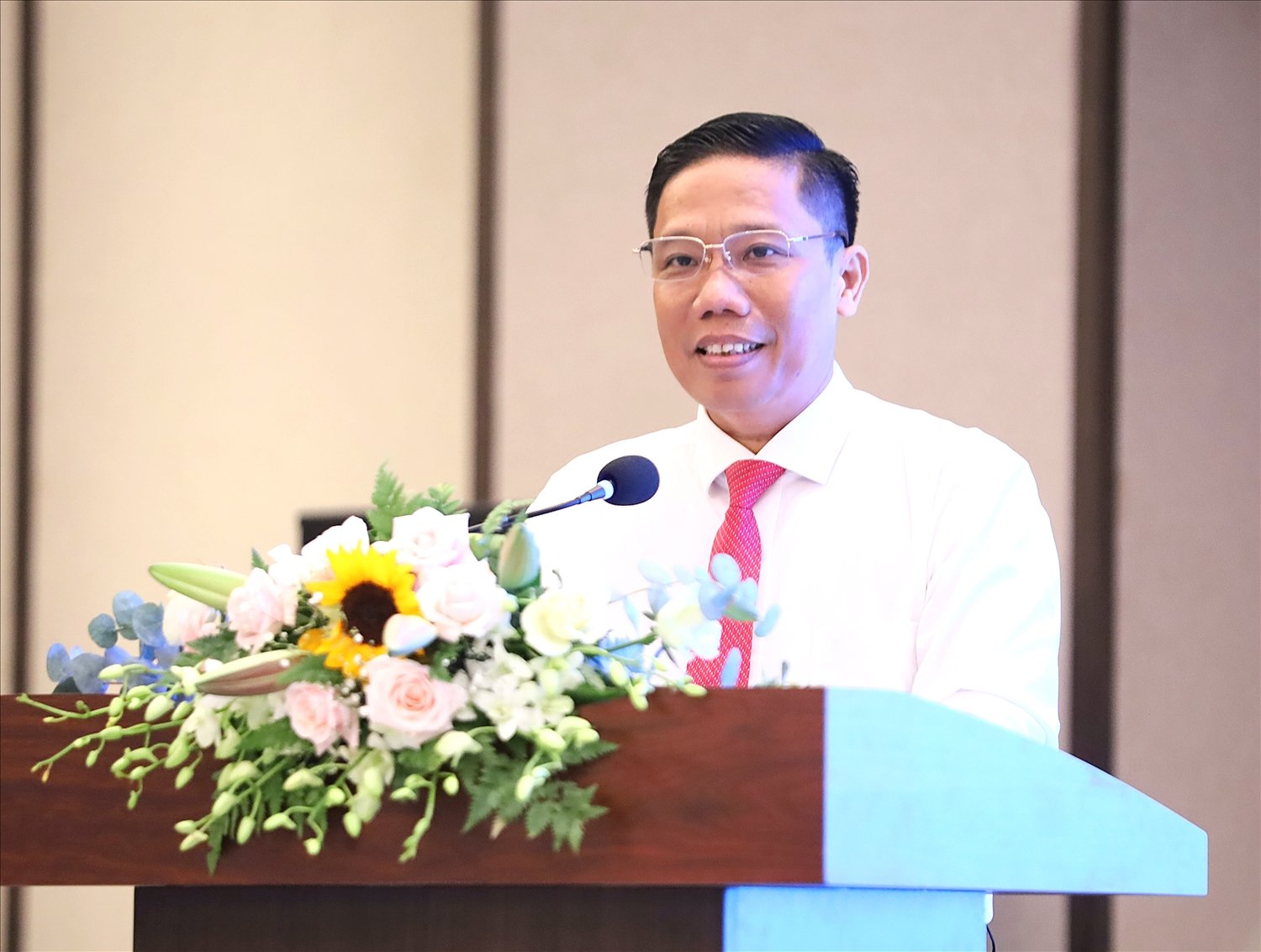
At the seminar, Mr. Nguyen Thuc Hien, Vice Chairman of Can Tho City People's Committee, assessed: Ho Chi Minh City plays the role of the largest international tourist attraction gateway in Vietnam, spreading and promoting tourism development in the Mekong Delta and other regions. The Mekong Delta has an area of over 40,000km2, a coastline of 700km, and a population of over 18 million people.
In 2024, the number of visitors to the Mekong Delta is estimated to reach over 52 million, with total tourism revenue reaching over VND 62,000 billion. In Can Tho City alone, the total number of visitors is estimated to reach 6.3 million, with total tourism revenue estimated to reach VND 6,226 billion.
River tourism is one of the important types of global tourism. This type contributes to diversifying tourism products, enriching tourism types, from eco-tourism, adventure tourism to historical and cultural tourism through experiencing the beauty of nature, ecosystems and cultural heritage systems along the river. Developing river tourism will also promote investment in infrastructure, such as tourist ports, wharves and surrounding areas, promoting local socio-economic development.
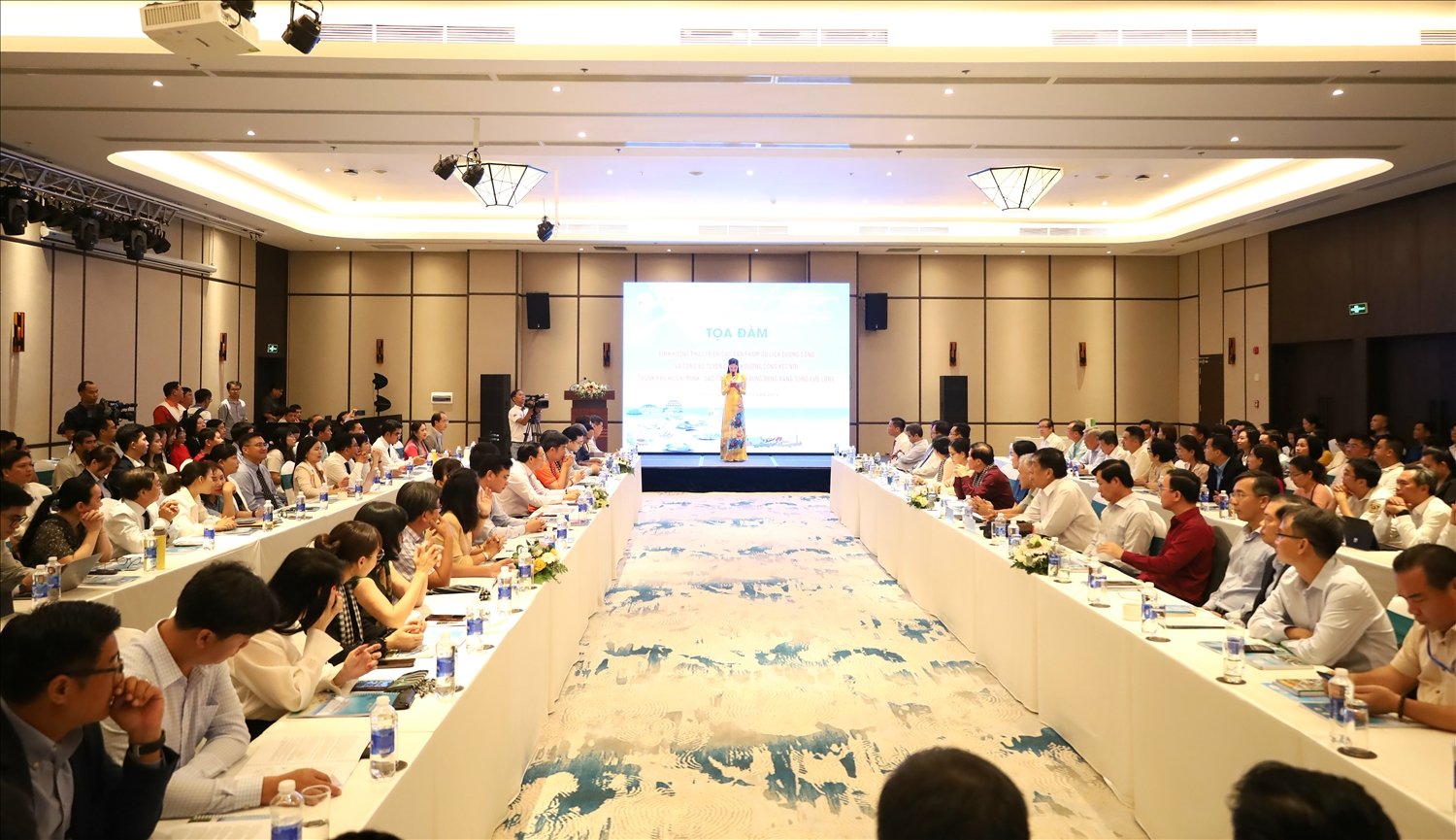
Discussing solutions for developing river tourism connecting Ho Chi Minh City and the Mekong Delta, Mr. Tran Tuong Huy, Deputy Director of the Institute for Social Tourism Research, stated that, first of all, it is necessary to have favorable policies, remove legal barriers on investment and land lease planning. For existing wharves, it is necessary to continue investing in more space and accompanying tourism services.
River transport means need to be invested in accordance with the route schedule and diversified to create richness for river tourism products with types such as: canoes, sightseeing boats, ships with accommodation, yachts, etc. Invest in renovation and place signals to ensure safety of inland waterway traffic. Build protective embankments, especially for sections of the banks that are eroding.
In case of building new wharves, it is necessary to base on the assessment of the effectiveness of tourism resources to create efficiency in exploitation, forecasting the wharf to be able to anchor many different types of vehicles, especially ships with the ability to link in exploitation with the Mekong Delta region...

The seminar also received many presentations and discussions from experts, managers representing state management agencies on tourism, transportation, and environment at the central and local levels; and researchers from research institutes and universities nationwide.
The presentations raised many issues regarding the development of river tourism in Ho Chi Minh City and the provinces and cities in the Mekong Delta region... At the same time, they emphasized that the development of river tourism requires a delicate balance between preserving traditional cultural values, protecting the environment and economic sustainability.
Opening of Ho Chi Minh City and Mekong Delta Tourism and Trade Week 2024


![[Photo] General Secretary To Lam receives Japanese Ambassador to Vietnam Ito Naoki](https://vstatic.vietnam.vn/vietnam/resource/IMAGE/2025/4/3/3a5d233bc09d4928ac9bfed97674be98)
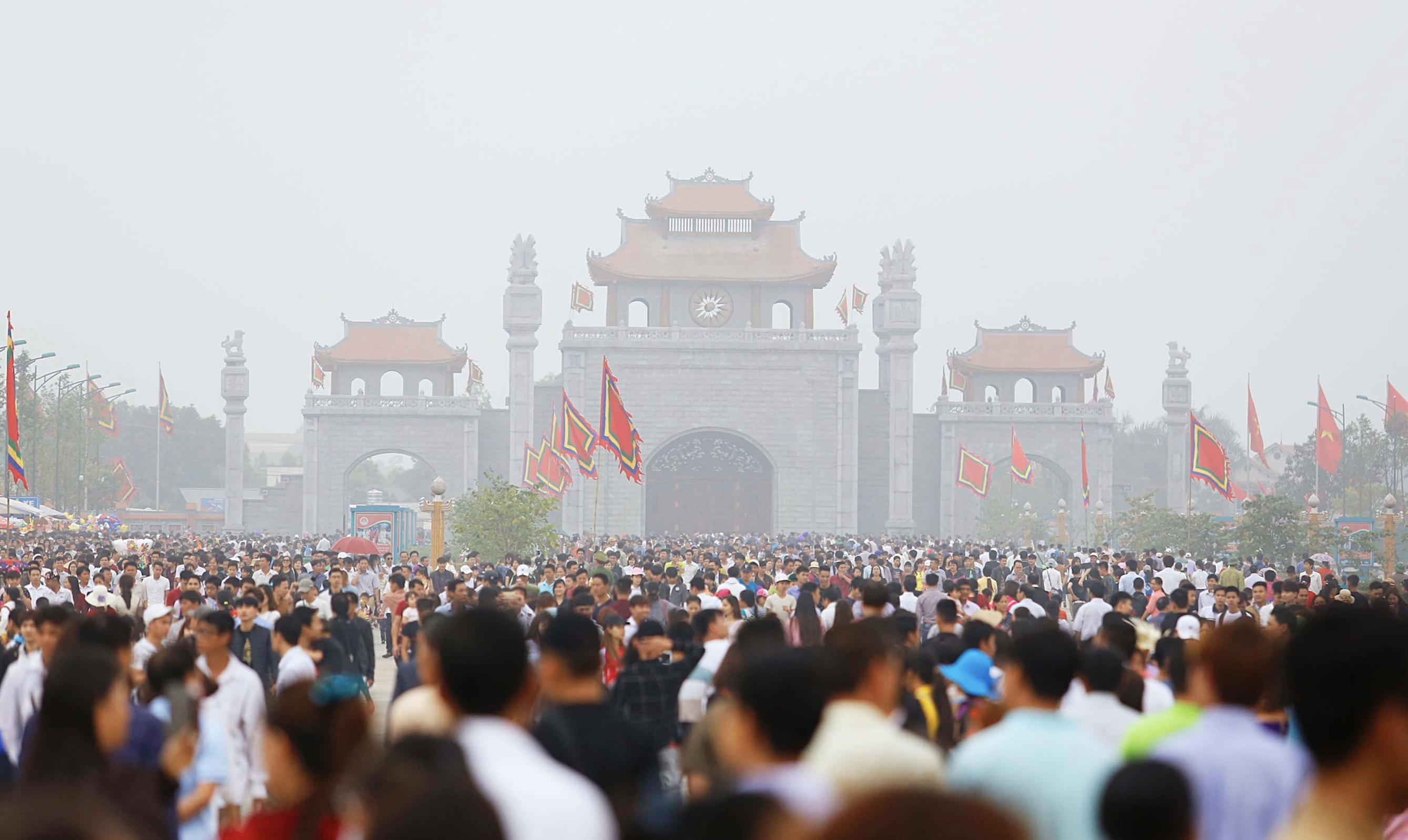
![[Photo] Prime Minister Pham Minh Chinh chairs meeting after US announces reciprocal tariffs](https://vstatic.vietnam.vn/vietnam/resource/IMAGE/2025/4/3/ee90a2786c0a45d7868de039cef4a712)
![[Photo] Prime Minister Pham Minh Chinh chairs the first meeting of the Steering Committee on Regional and International Financial Centers](https://vstatic.vietnam.vn/vietnam/resource/IMAGE/2025/4/3/47dc687989d4479d95a1dce4466edd32)
![[Photo] Ho Chi Minh City speeds up sidewalk repair work before April 30 holiday](https://vstatic.vietnam.vn/vietnam/resource/IMAGE/2025/4/3/17f78833a36f4ba5a9bae215703da710)
![[Photo] A brief moment of rest for the rescue force of the Vietnam People's Army](https://vstatic.vietnam.vn/vietnam/resource/IMAGE/2025/4/3/a2c91fa05dc04293a4b64cfd27ed4dbe)
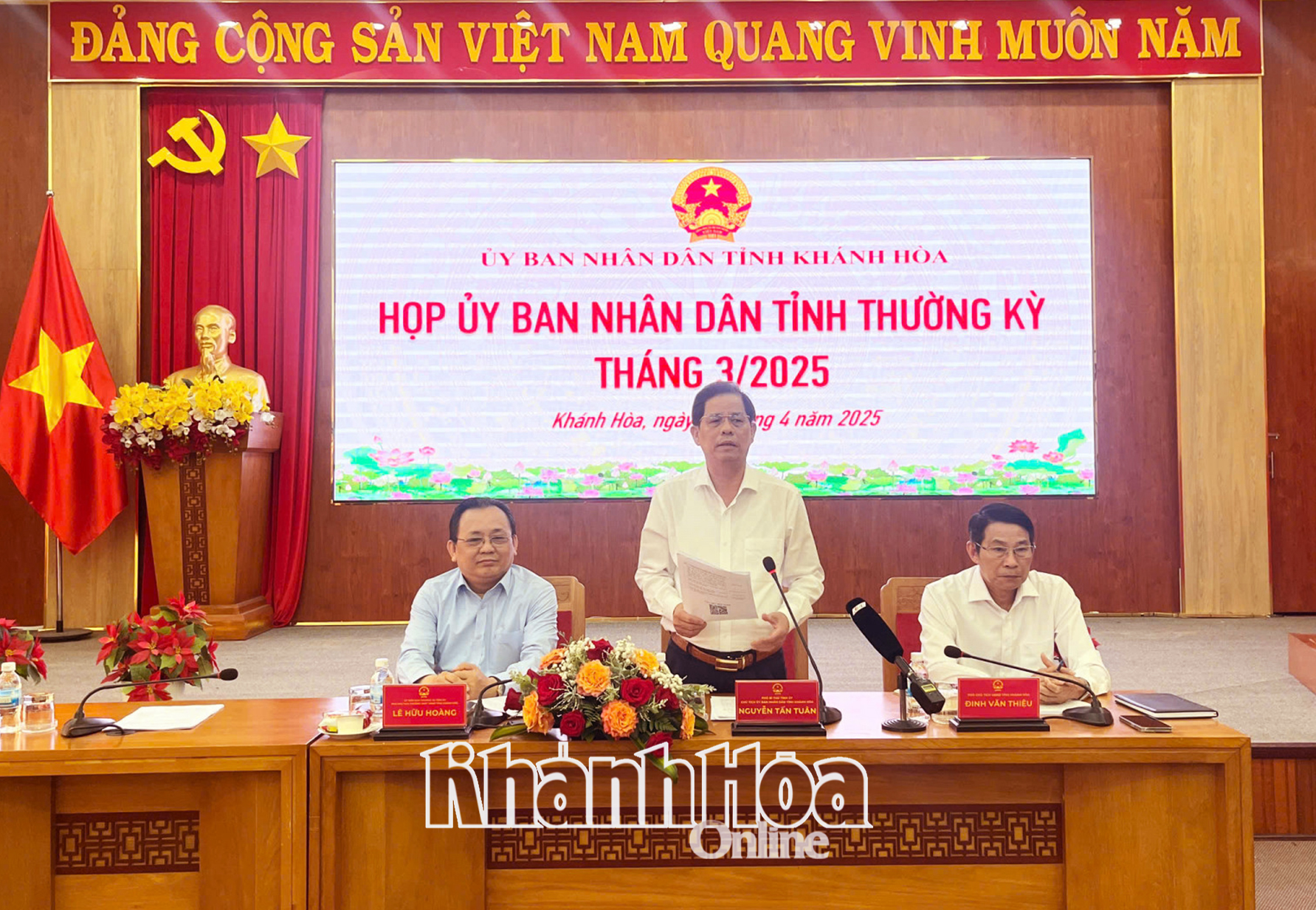
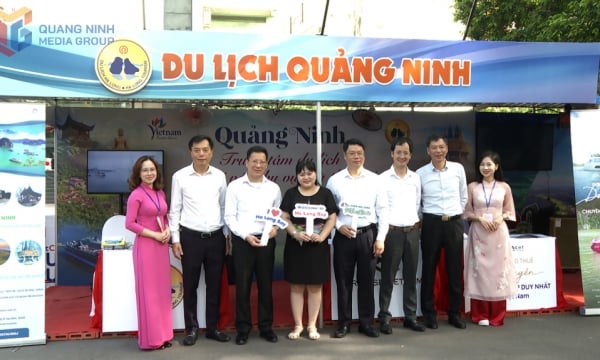
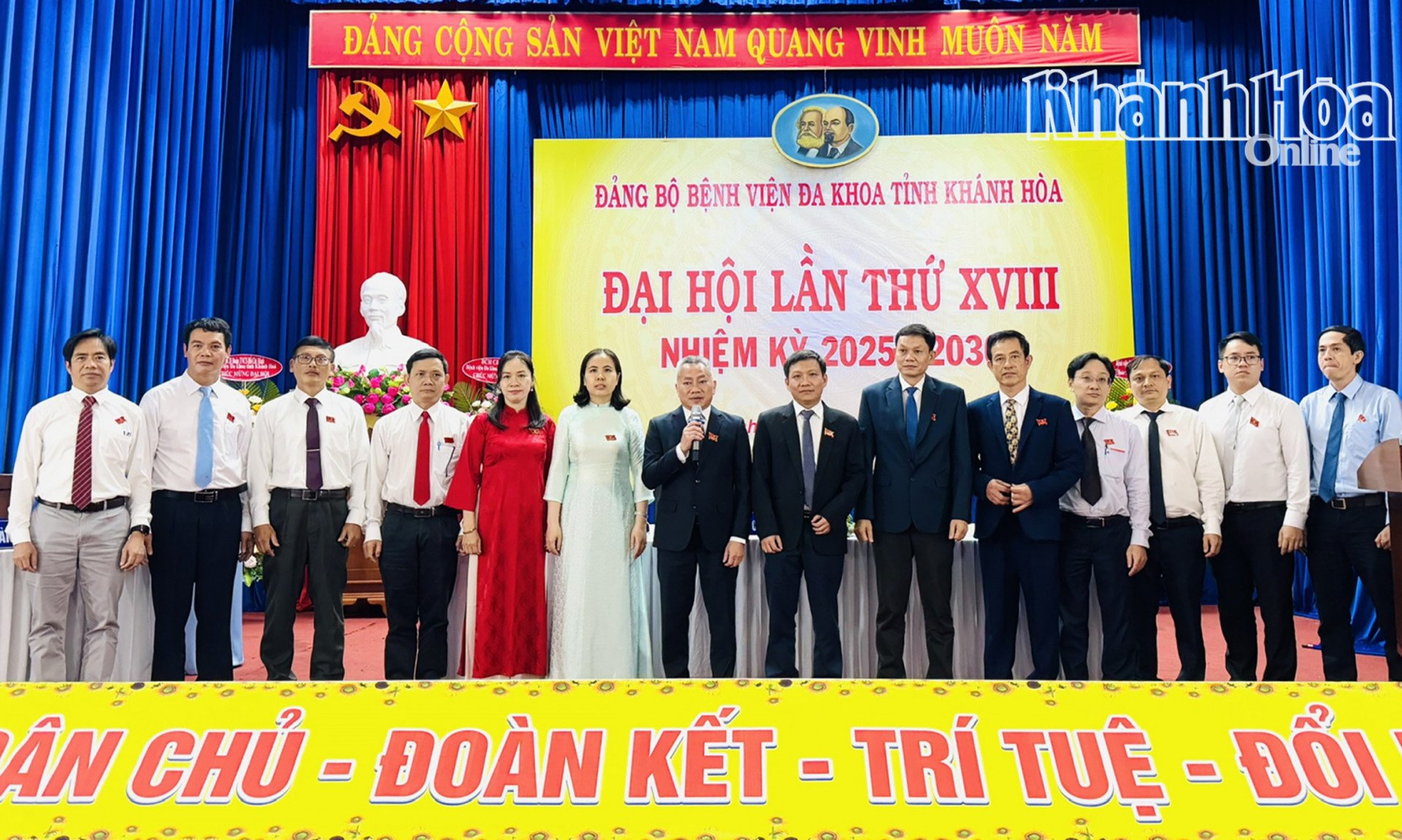
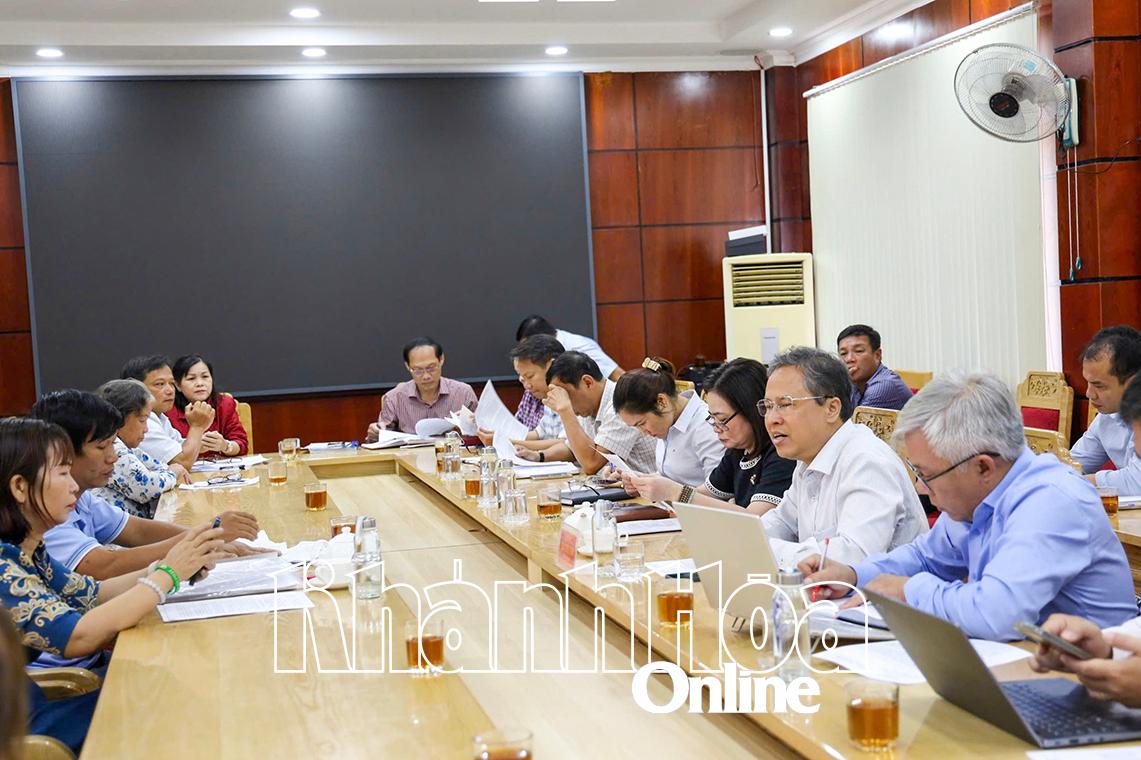
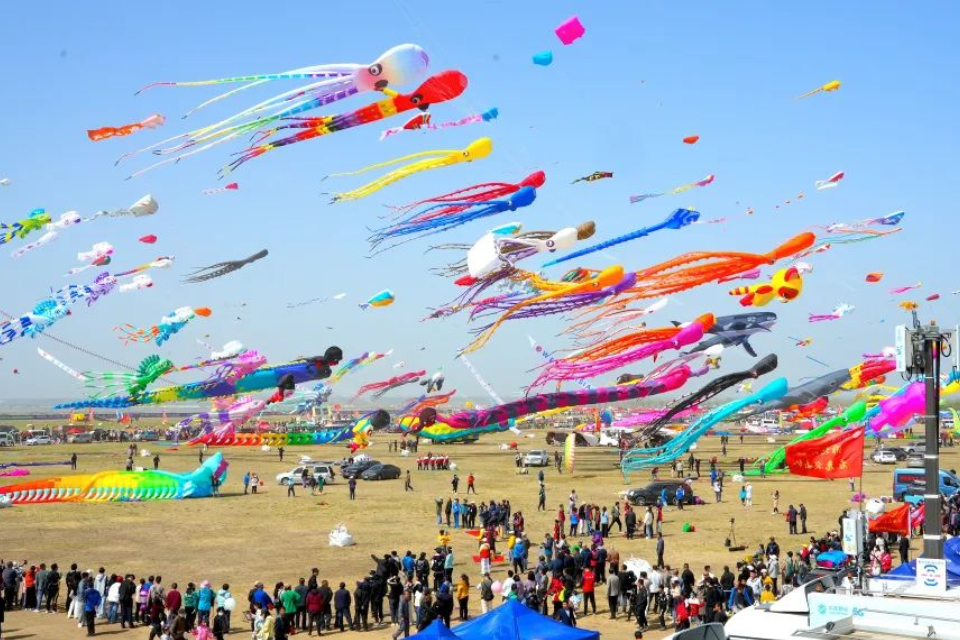
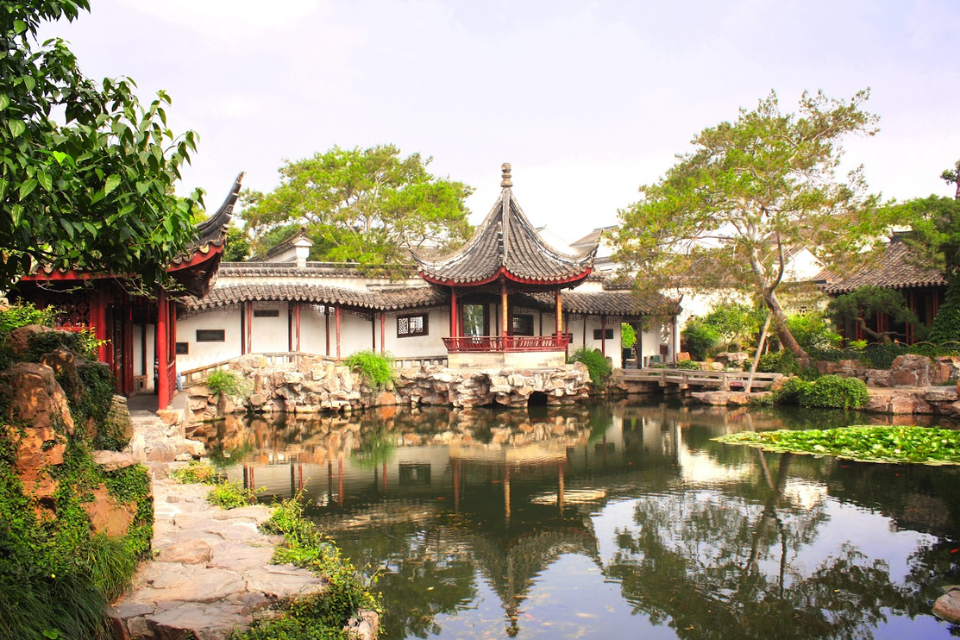
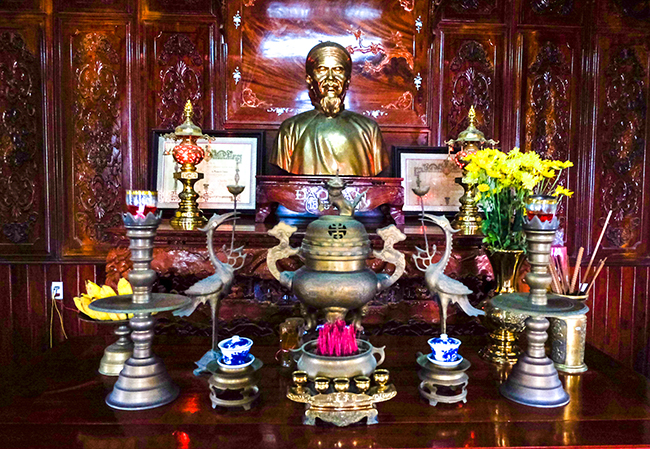
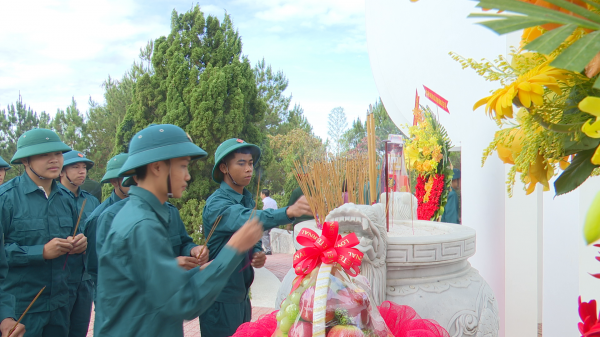
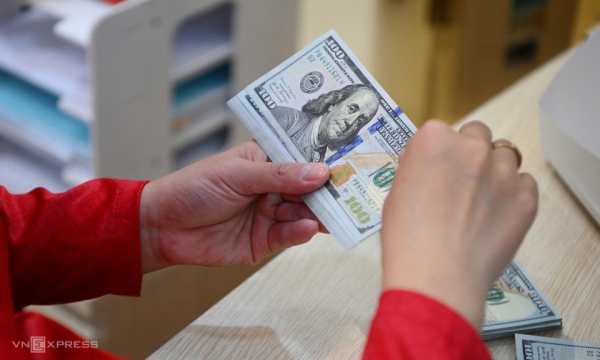
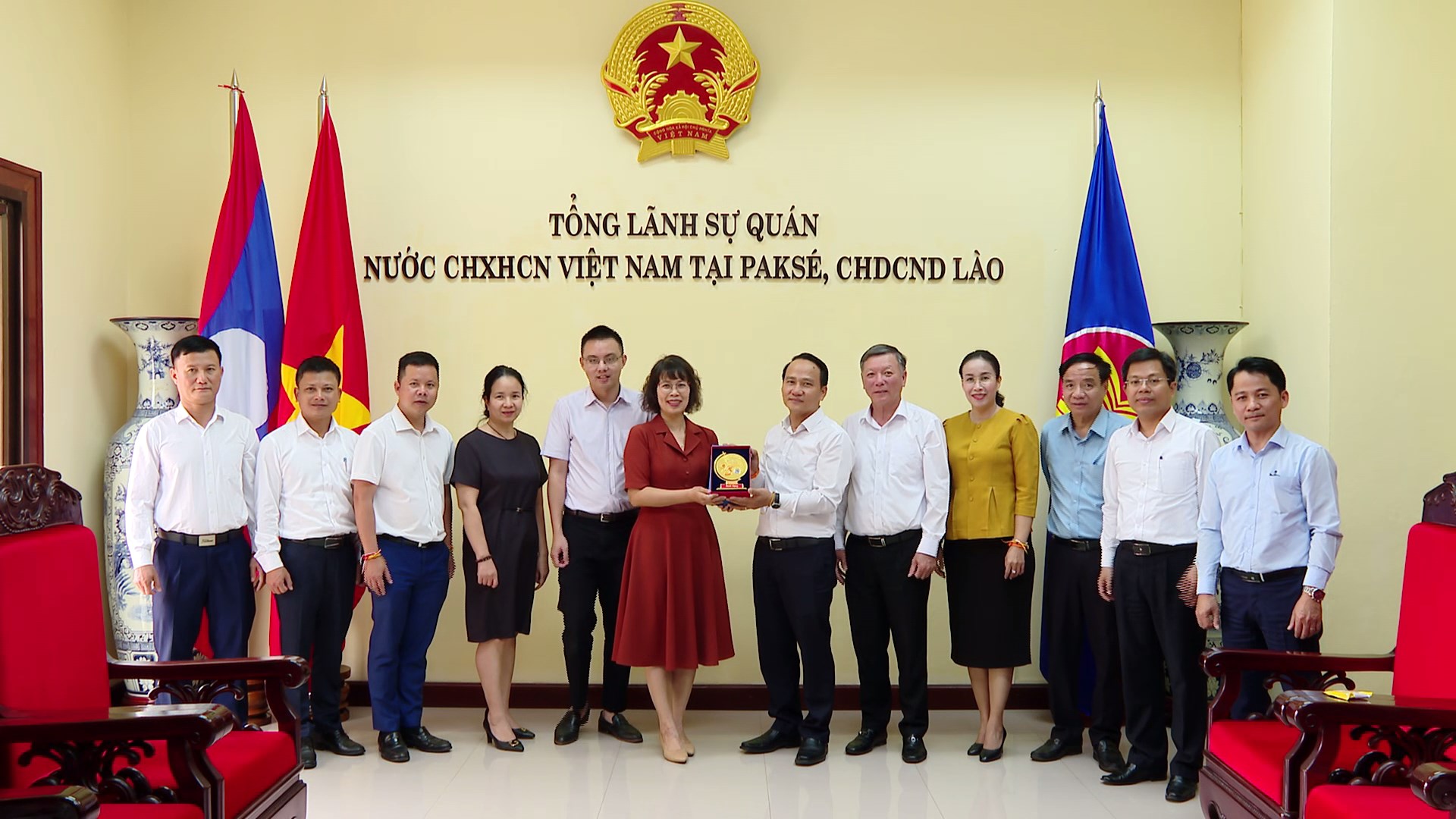
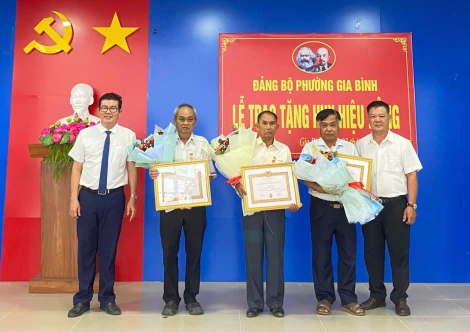
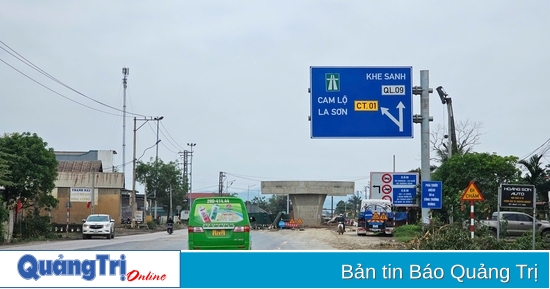




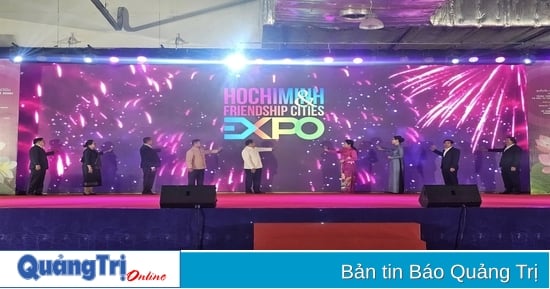
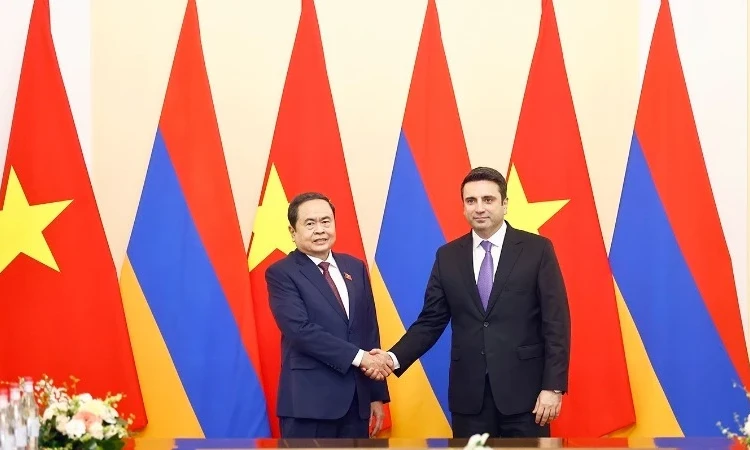
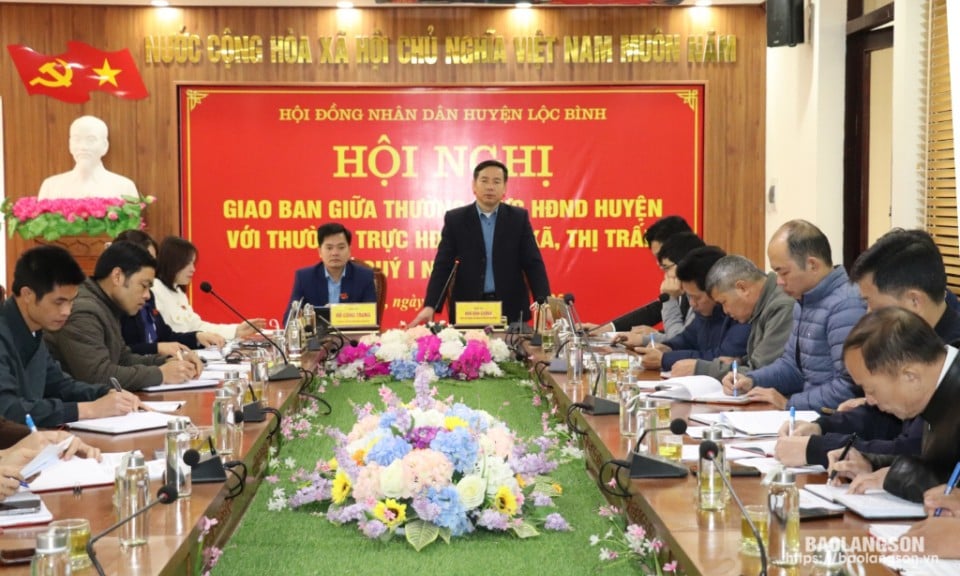
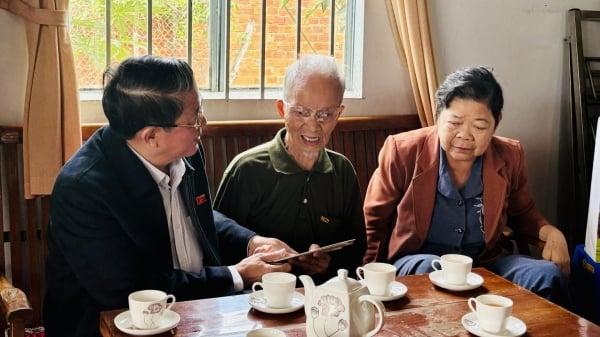
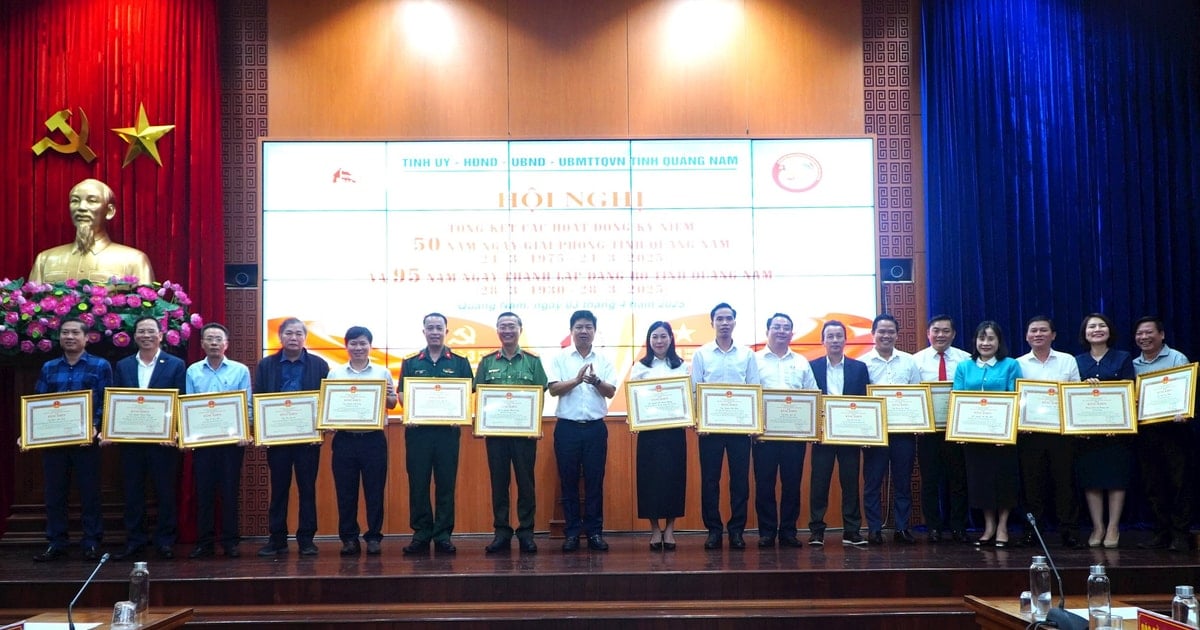
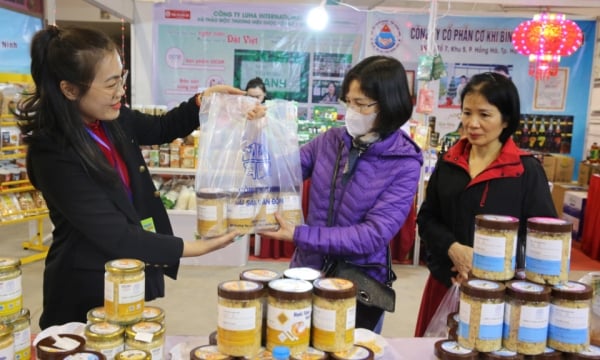
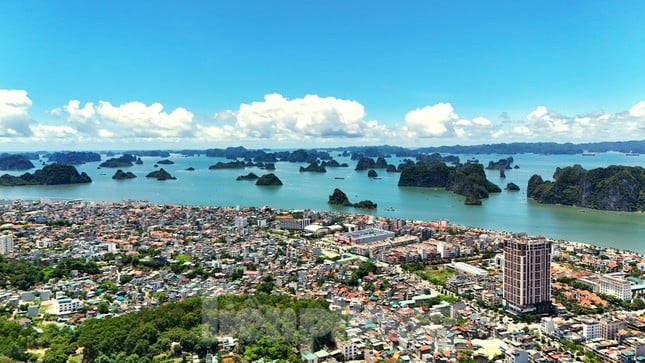

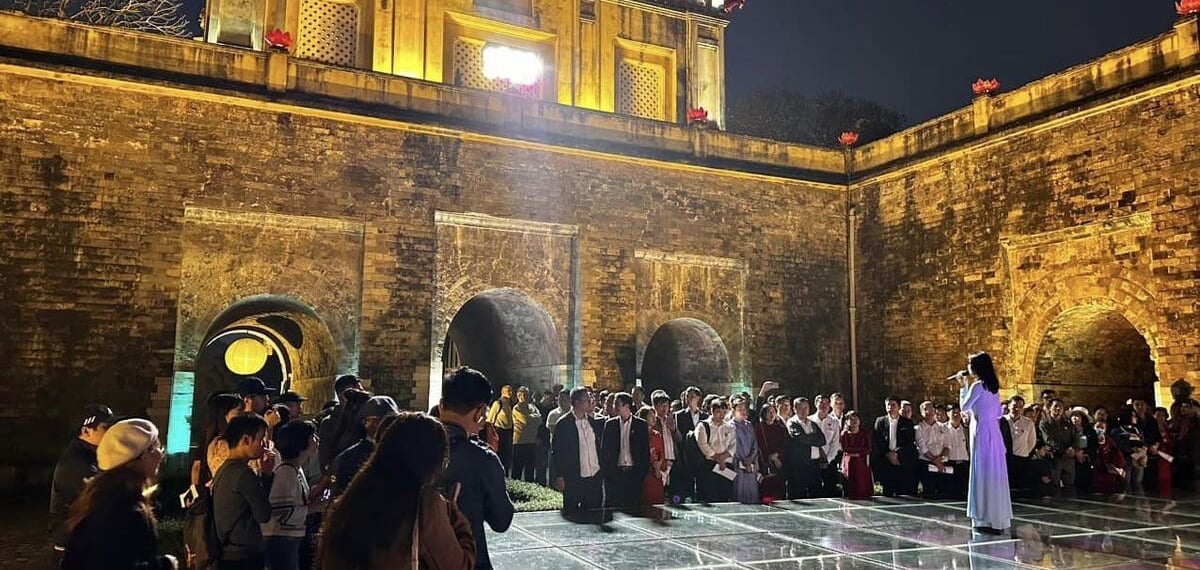

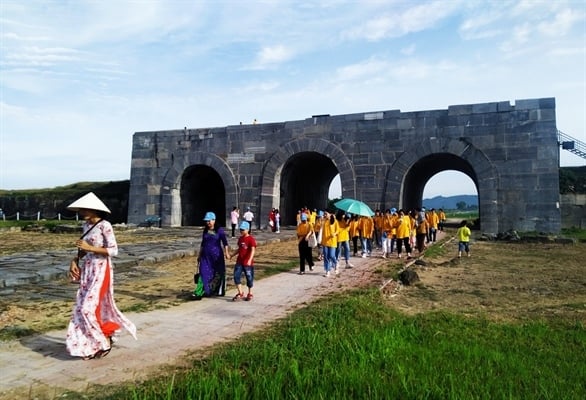

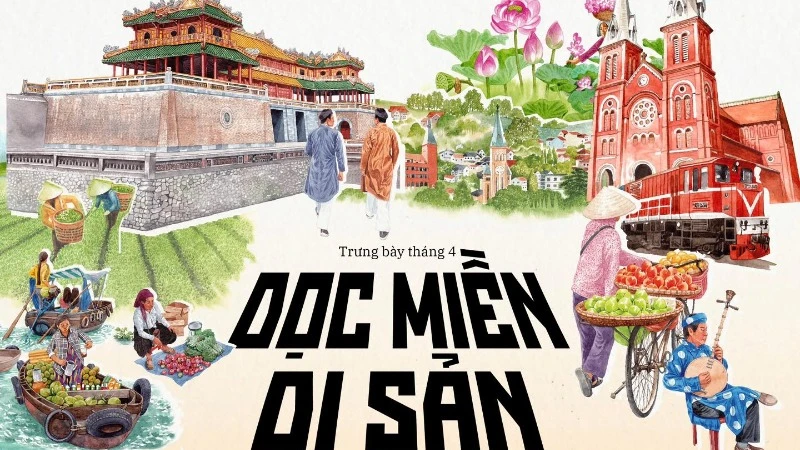

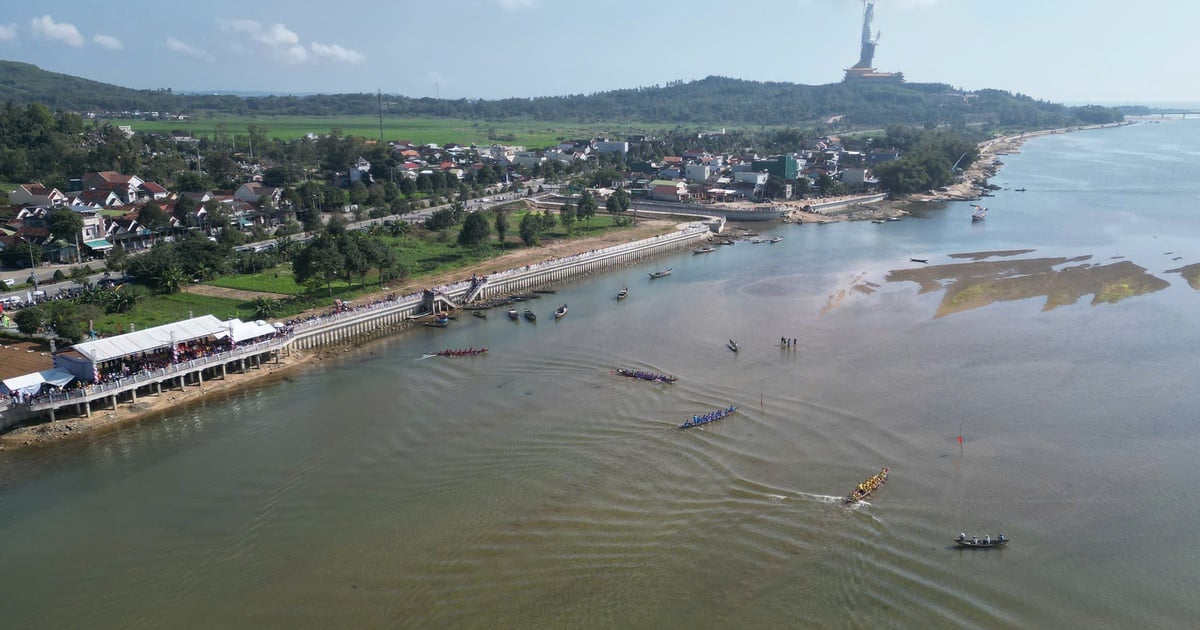


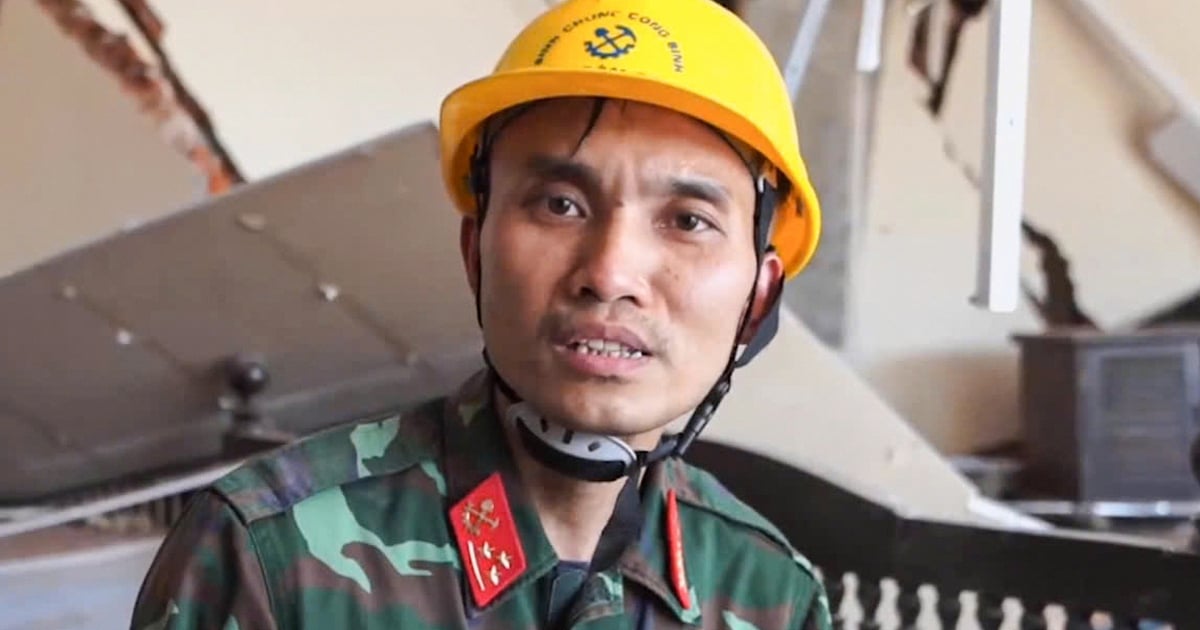

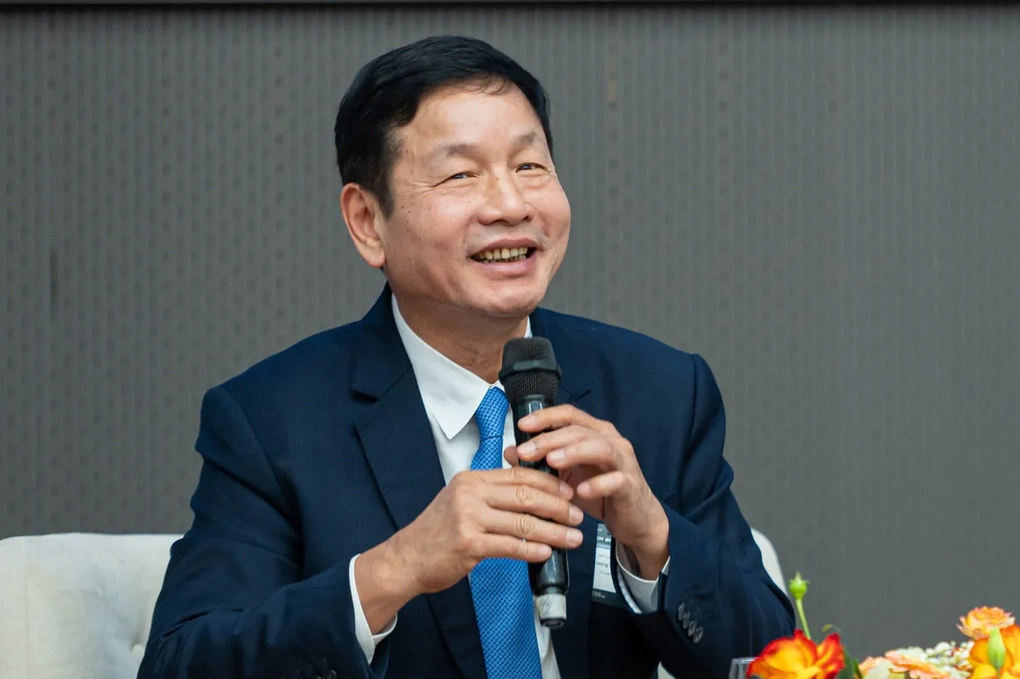


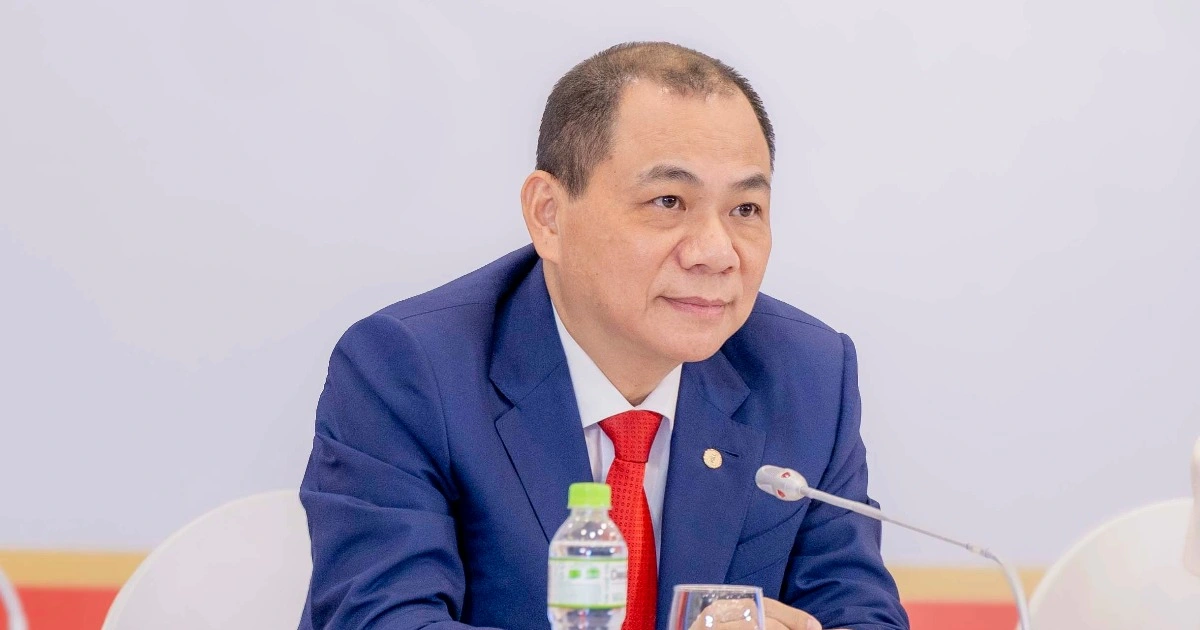
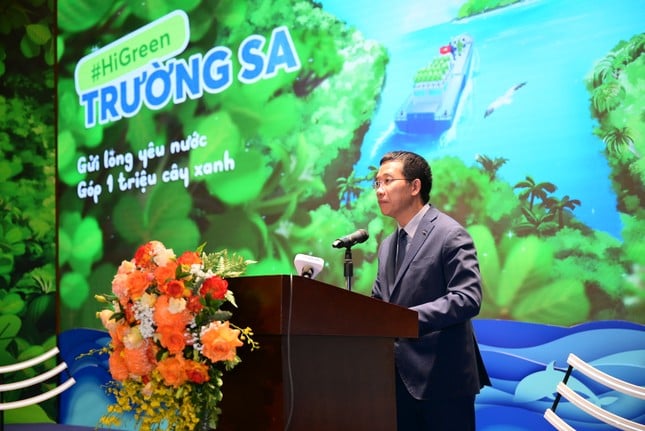








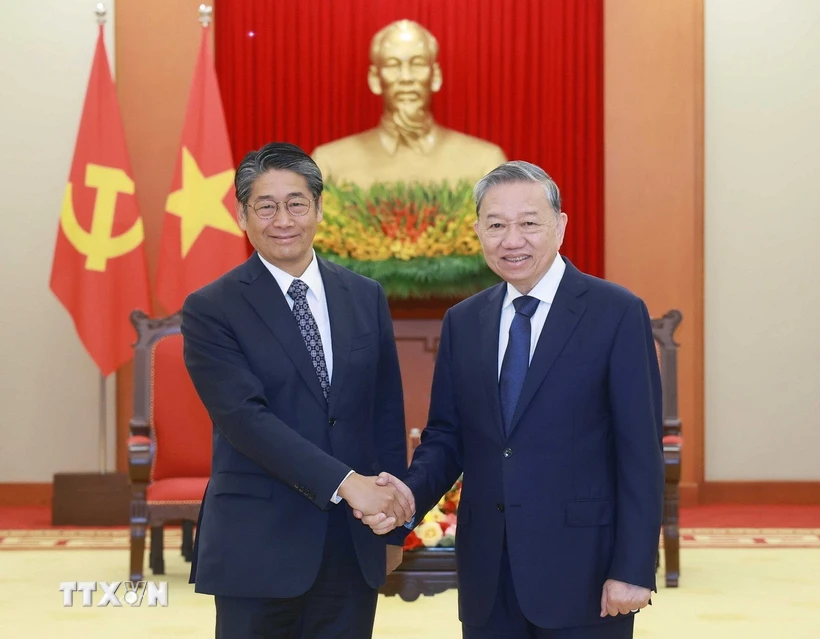

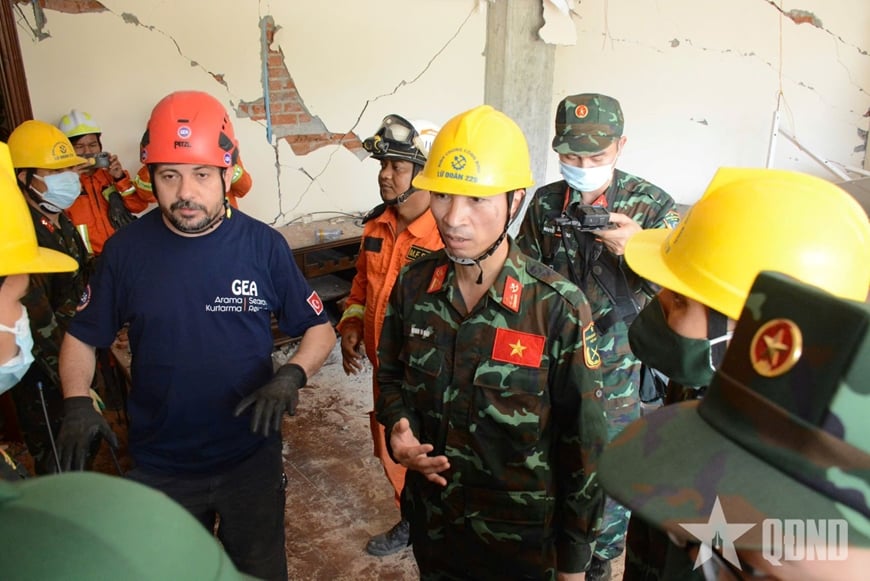
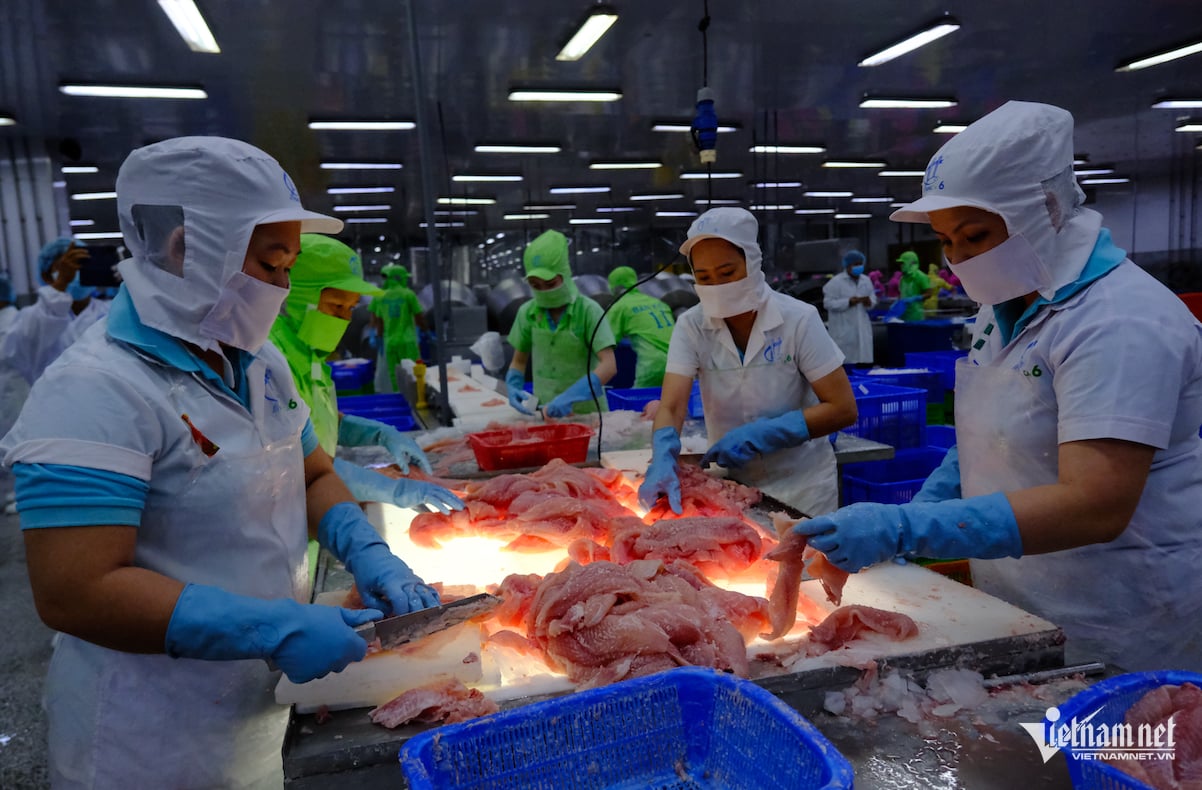

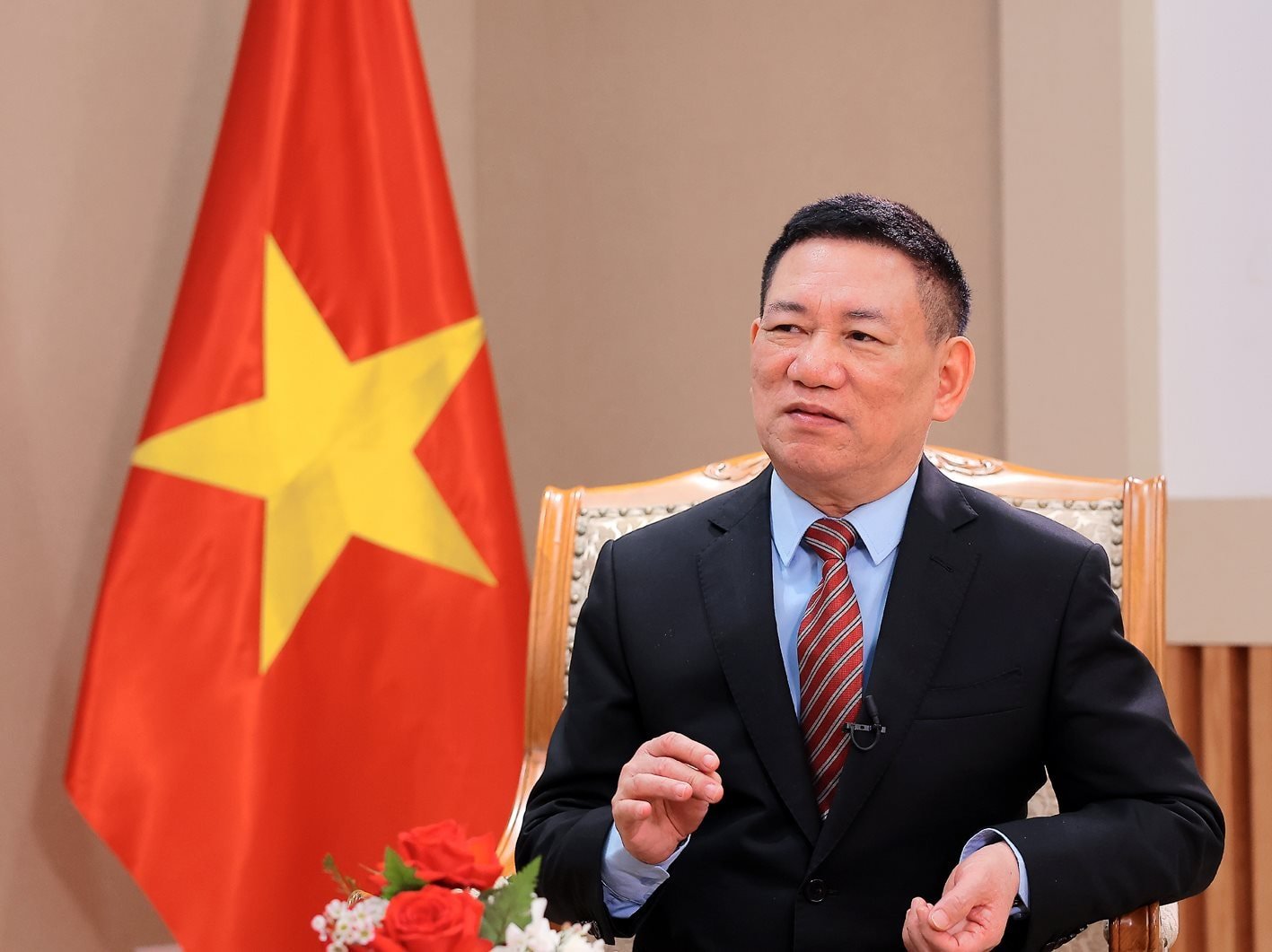

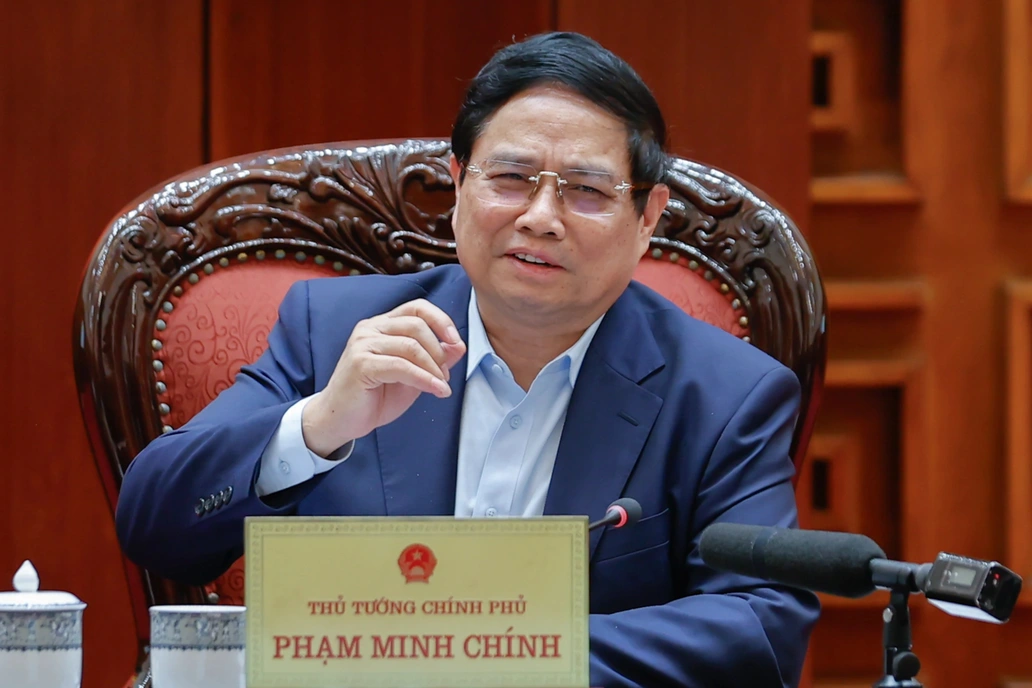

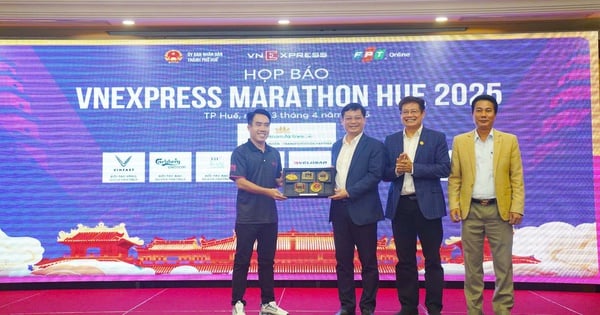

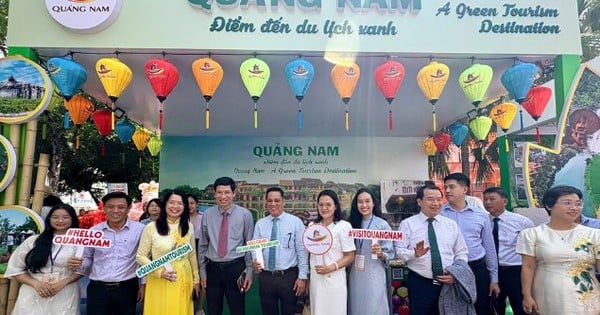
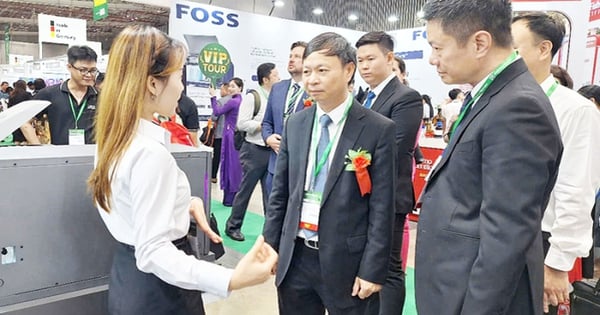

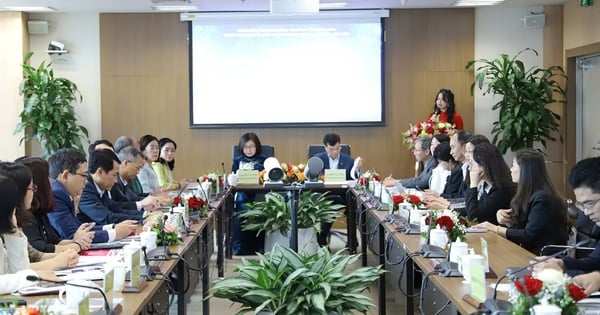
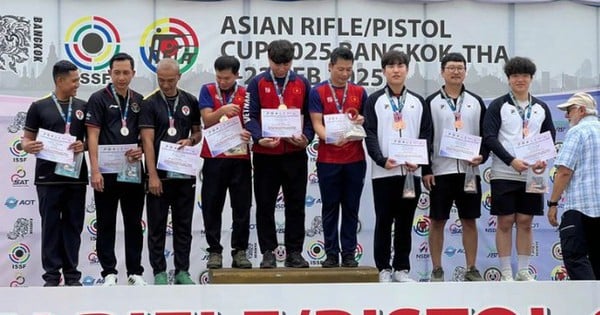
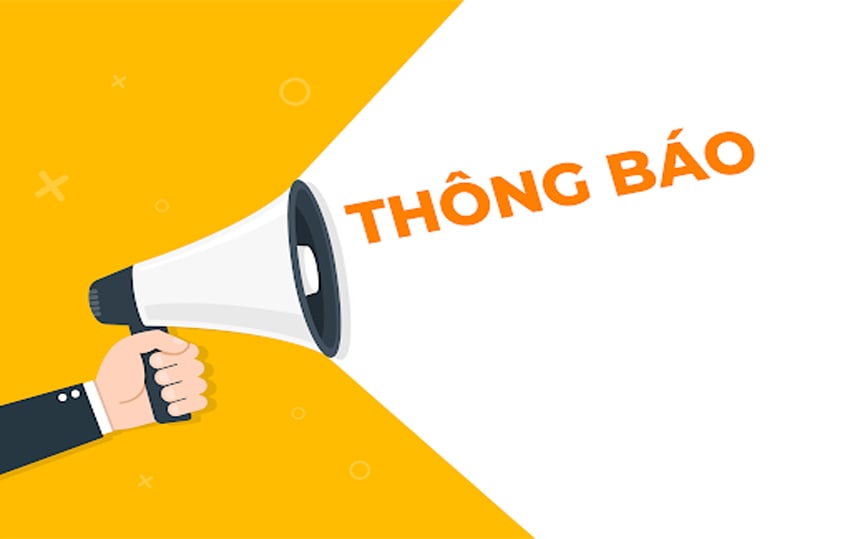

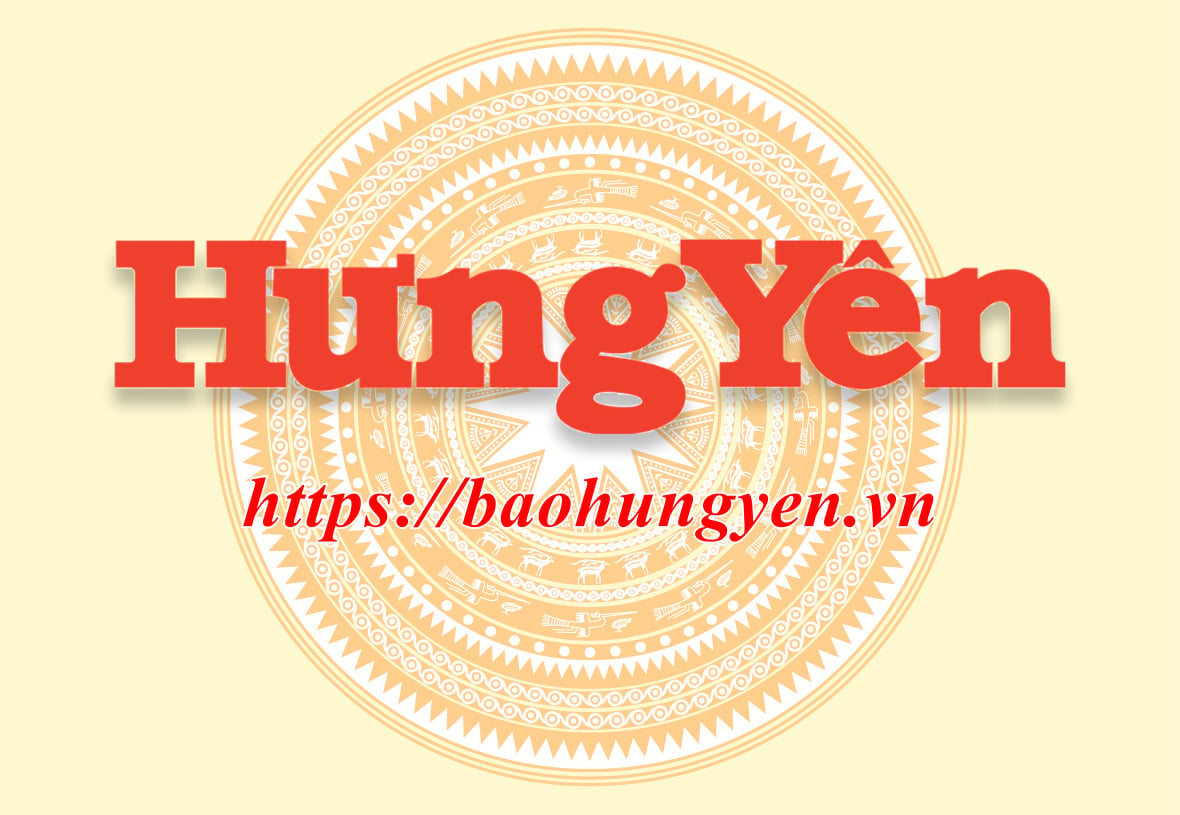

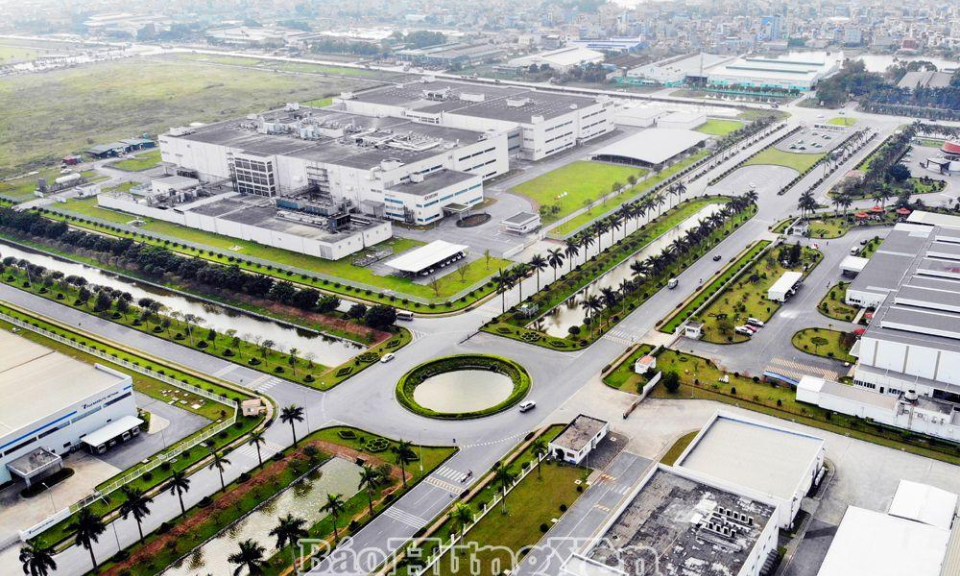












Comment (0)